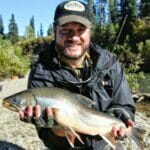By Lily Bosworth
As I waltzed into my summer internship in May of 2018, I quickly realized I had a much different background in water than the two people I would be working closely with all summer — Paul Burnett, the Utah Water and Habitat Program lead for Trout Unlimited and my co-intern, Bobby Boone, a biology and math student at Texas Christian University and fly-fishing whiz.
I was an undergraduate at the University of Utah studying Geological Engineering and Environmental Geoscience as an aspiring hydrologist, so I was thrilled to get to work in the watershed I grew up in, even despite my lack of fisheries knowledge. Admittedly I’ve had very few experiences fly fishing, so I was intimidated by this seasoned pair and their in-depth knowledge of fish and our region’s water systems.
I soon learned everyone I would work with had a different perspective on Utah’s water and how it should be managed, but we all share the common goal of conserving the vital but limited resource.
I was fortunate to spend most of my days assisting with field work all around Northern Utah, doing anything from constructing a fence with a local rancher to performing a Rapid Stream Riparian Assessment with folks from the Wild Utah Project and Division of Wildlife Resources. One of my favorite days in the field was spent taking soil samples from tailings piles of eight retired mines in Mary Ellen Gulch, part of Snowbird Ski Resort’s property in American Fork Canyon.
The day began with a tram ride to the rugged mountain top, followed by an ATV ride down a rocky, zig-zagging road with steep talus slopes on either side. Bobby and I got to ride with Bob Bonar, the president and CEO of Snowbird, who, as we bumped along, shared his love of the slopes, which were bursting with wildflowers in the absence of snow.
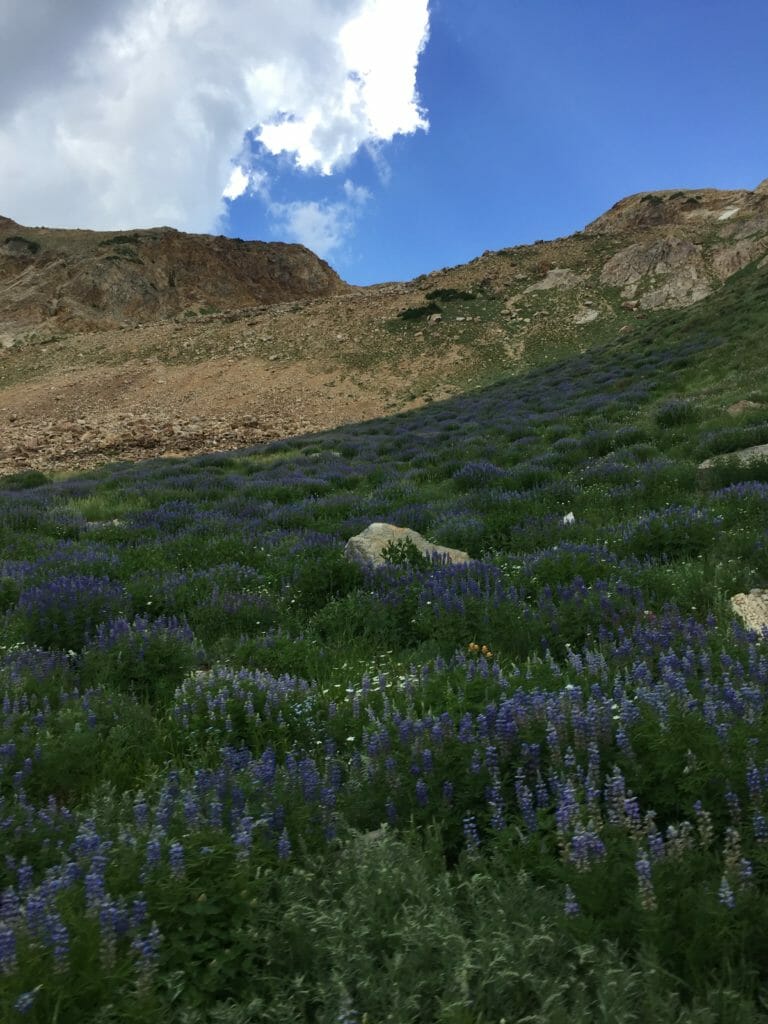
Arriving at the site of eight former mines, we discussed plans to direct runoff water away from a deeply eroded mine access road. Bonar was joined by Hilary Arens, director of Sustainability and Water Resources for Snowbird and the resort grounds managers, Rusty Johnson and Andy Burton. Rich White, President of EarthFax Engineering Group, Jason Willis, the Colorado Abandoned Mine Land Program Manager for Trout Unlimited, and Russ Hanson, Charlie Condrat, and Ernie John from the Forest Service were also there to work.
Each person offered suggestions through the lens of their own specialty, which balanced the conversation and brought out details that may have otherwise been missed. Throughout the summer I found discussions across specializations are important because they ensure that restoration and conservation happen in a holistic way to benefit not only trout, but also economic interests and entire ecosystems. By working with so many different groups, many of Trout Unlimited’s projects go beyond in-stream well-being to better whole systems, where water is usually a critical element.
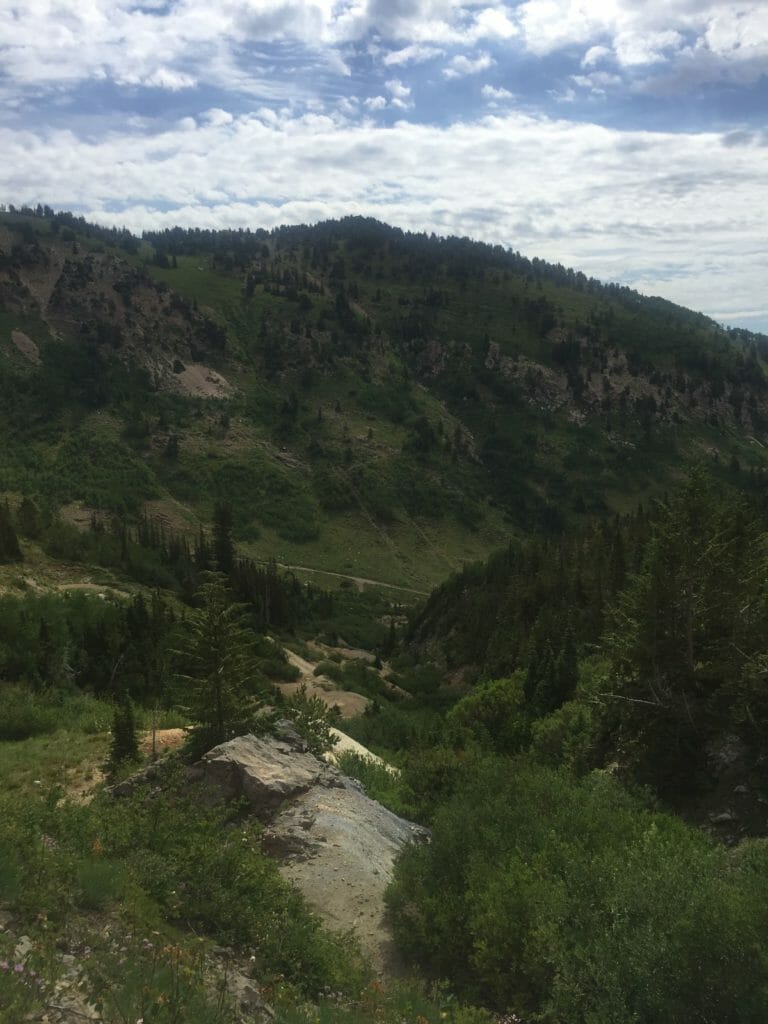
The second half of the day was spent digging and processing soil samples from eight tailings piles. This process was hard work, but as a geology student I was elated to see some of the minerals formed due to hydrothermal metamorphism from the intrusion of the Alta stock. Though the exposed minerals were neat to look at, the tailings piles contain high concentrations of heavy metals that are carried into the watershed by runoff water and potentially harm fish, wildlife and people.
The samples, currently being processed in a lab, will show which metals are present in each pile, as well as their proportions. This data will inform Snowbird and Trout Unlimited as they develop a plan for planting vegetation capable of growing in the unique soils of the tailings piles, determining other water pollution mitigation strategies, and assessing future water quality in Mary Ellen Gulch.
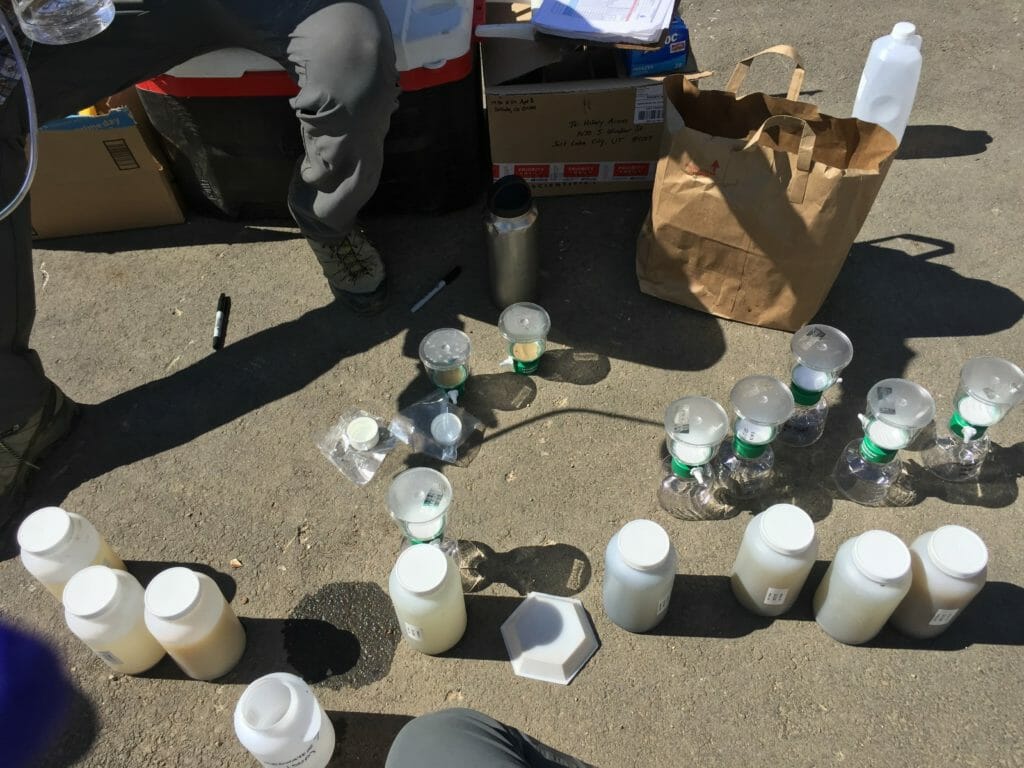
Through my experiences last summer I learned Trout Unlimited’s projects highlight how water serves as the connector between the biosphere, lithosphere, and society. To me, the day at Mary Ellen Gulch demonstrated the importance of collaboration when addressing Utah’s complex water issues. It was a perfect combination of sharing knowledge between people with different perspectives, intersecting scientific disciplines, (biology, geology, and chemistry), supporting the local economy and culture, and having the privilege of spending the day high in the Wasatch Mountains with others who also care deeply about our watershed’s wellbeing.
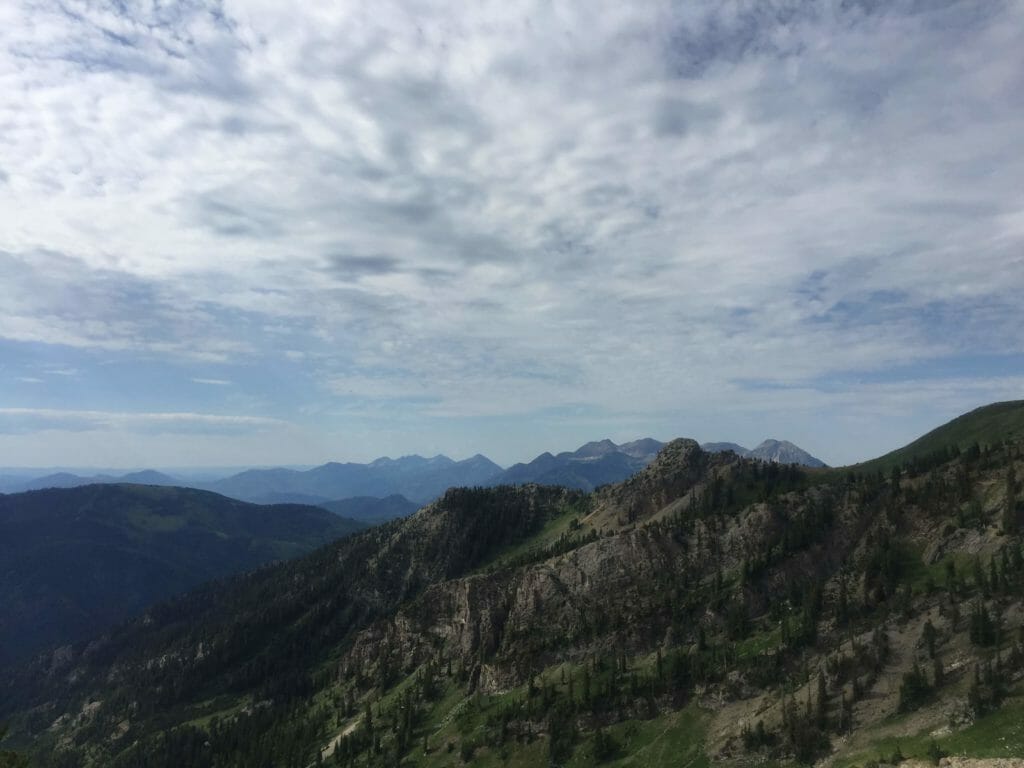
Lily Bosworth served as a summer intern for Utah Trout Unlimited in 2018. She is an honors undergraduate student in Geological Engineering and Environmental Geoscience at the University of Utah.
Editor’s Note: Trout Unlimited has been working with Snowbird to clean up tailings in American Fork Canyon since 2006. The partnership is used as an example of how Good Samaritan legislation can work to clean up mine waste across the country.


